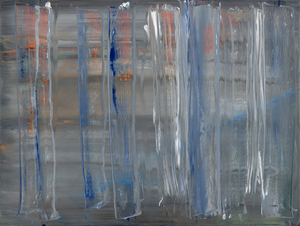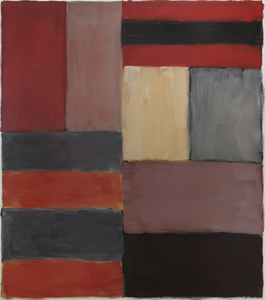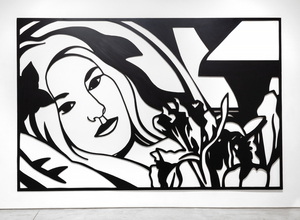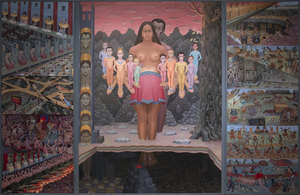Jackson Hole (jackson Hole)
Située dans la beauté sauvage de Jackson Hole, dans le Wyoming, avec les parcs nationaux en toile de fond, Heather James Jackson a apporté des œuvres d'art et des services du plus haut calibre à l'Intermountain West depuis plus d'une décennie.
Répondant à la communauté unique qui fait de Jackson Hole une destination inégalée pour la culture américaine et le plein air, Heather James s'efforce de fournir une sélection inégalée d'œuvres d'art et de services de gants blancs pour les habitants et les visiteurs.
172, rue Center, Bureau 101
Boîte P.O. 3580
Jackson Hole, WY 83001, États-Unis
(307) 200-6090
Heures d'ouverture : Du 1er décembre 2025 au 28 mars 2026
Du mardi au samedi de 10h à 17h
Expositions
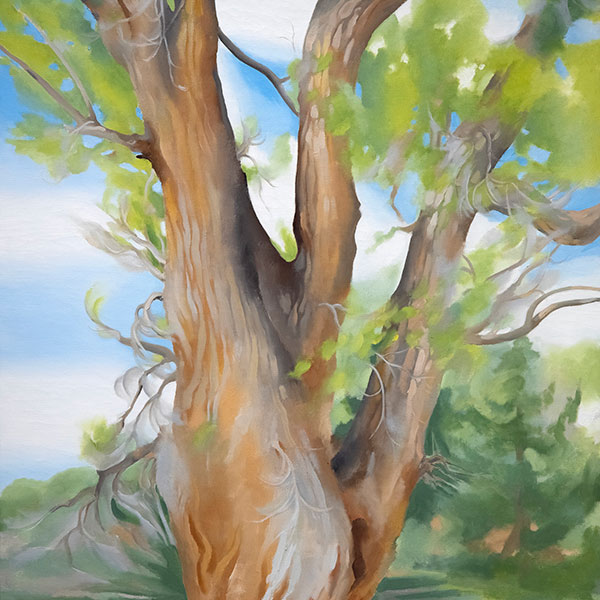
ARCHIVES
L'héritage de la terre : Georgia O'Keeffe et Emily Kame Kngwarreye
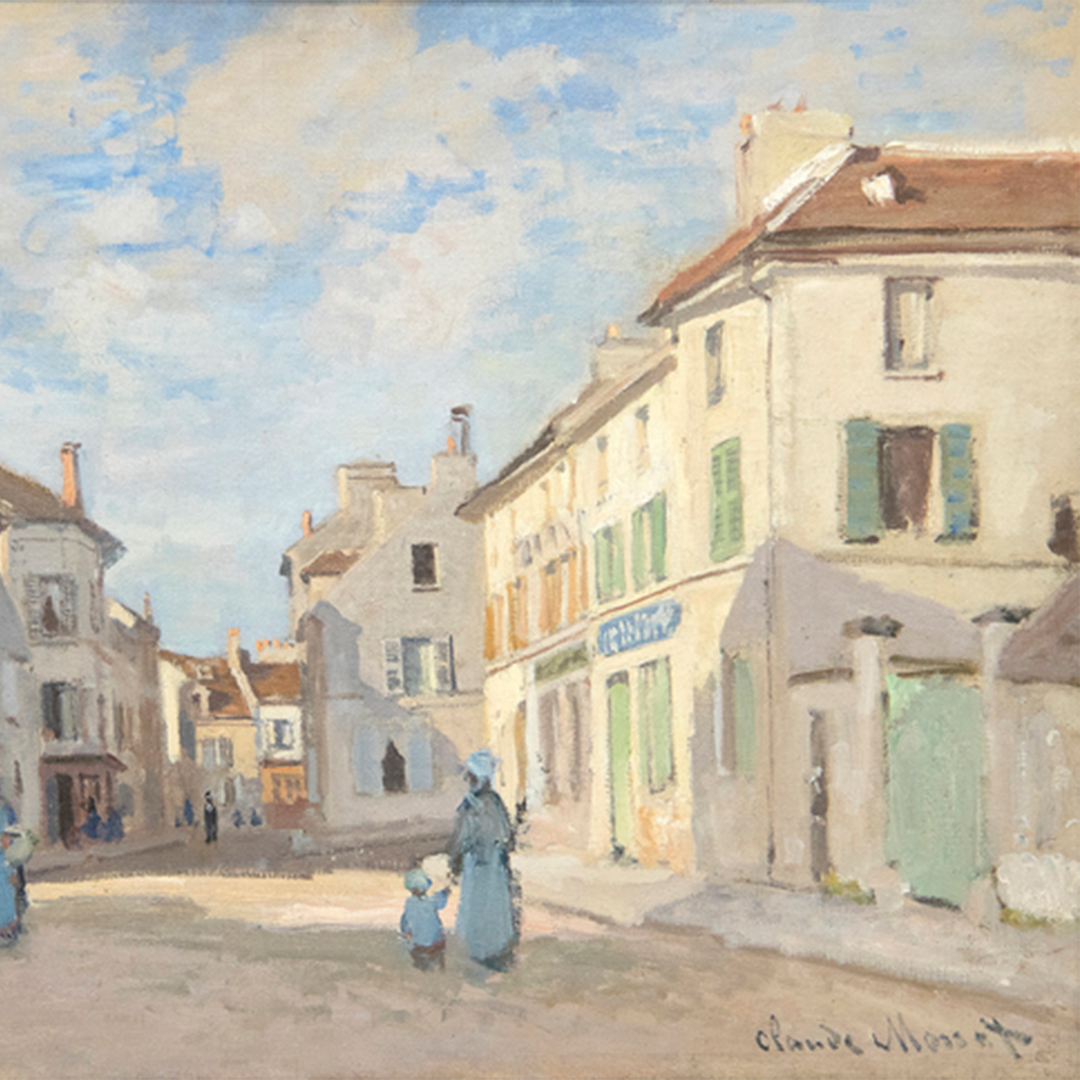
ARCHIVES
Tout ce que nous avons vu : Paysages impressionnistes de Monet à Kleitsch
OEUVRED-ŒUVRE SUR LA VUE
CONSULTANTS

ANDREA RICO DAHLIN
Senior Vice President
Jackson Hole, Wyoming
Avec plus de 20 ans d'expérience dans le secteur, Andrea est titulaire d'une licence en histoire de l'art avec une mineure en beaux-arts de l'université de Binghamton, NY, et d'une maîtrise en art moderne, connoisseurship et histoire du marché de l'art de Christie's Education, New York, NY. Elle apporte son expertise grâce à son expérience dans les musées et les maisons de vente aux enchères, ayant travaillé au Nelson-Atkins Museum of Art à Kansas City et chez Christie's à New York.
Depuis qu'elle a rejoint Heather James Fine Art en 2015, Andrea a assuré des envois et a contribué à la constitution de collections privées et muséales remarquables avec des artistes importants, parmi lesquels Claude Monet, Alfred Sisley, Henri Matisse, Edgar Degas, Norman Rockwell, Andrew Wyeth, Elaine de Kooning, Andy Warhol et Tom Wesselmann.

SARAH FISCHEL
Senior-Vice President Heather James et Co-Chairman, Art Advisory
Jackson Hole, Wyoming
Sarah a une profonde passion pour l'art et l'histoire, car elle a grandi entourée d'œuvres d'art. Cet amour précoce s'est transformé en une décennie d'expérience dans le monde de l'art, où elle a parcouru les galeries, les maisons de vente aux enchères et les musées.
Croyant fermement à l'apprentissage et à l'expérience de tous les aspects d'une entreprise, Sarah a travaillé à travers le monde de l'art dans divers rôles, apportant une approche holistique au conseil et à son travail. Depuis 2015, Sarah est un acteur clé chez Heather James Fine Art, où elle a fourni un service client de premier plan, géré la galerie de Jackson Hole, assuré le commissariat des expositions de la galerie et des maisons de collectionneurs, et mené des initiatives promotionnelles stratégiques.
Diplômée en journalisme et en histoire de l'art de l'université de New York, Sarah a poursuivi ses études en obtenant un master du programme Art, Law and Business de Christie's à Londres. Au-delà de ses activités professionnelles et éducatives, Sarah s'implique activement dans des causes qui lui sont chères, notamment le United States Holocaust Memorial Museum et en tant que membre du conseil d'administration de Jackson Hole Public Art et de Teton Adaptive.
En tant que coprésidente, Sarah apporte son expérience personnelle et sa connaissance de l'art et de la collection à chaque interaction, cherchant toujours la meilleure solution pour les besoins de ses clients.
DANS LES NOUVELLES
SERVICES
Heather James Fine Art offre une vaste gamme de services à la clientèle qui répondent à vos besoins particuliers en matière de collection d'œuvres d'art. Notre équipe d'exploitation comprend des gestionnaires d'œuvres d'art professionnels, un service de registraire complet et une équipe logistique possédant une vaste expérience du transport, de l'installation et de la gestion des collections d'œuvres d'art. Avec un service de gants blancs et des soins personnalisés, notre équipe fait un effort supplémentaire pour assurer des services artistiques exceptionnels à nos clients.

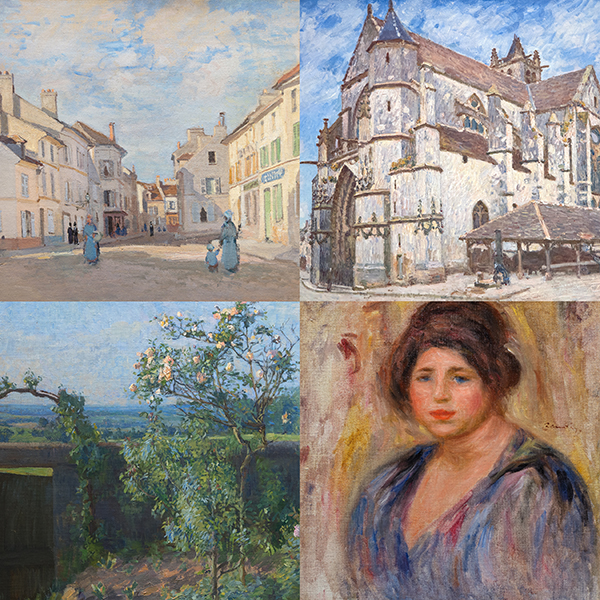
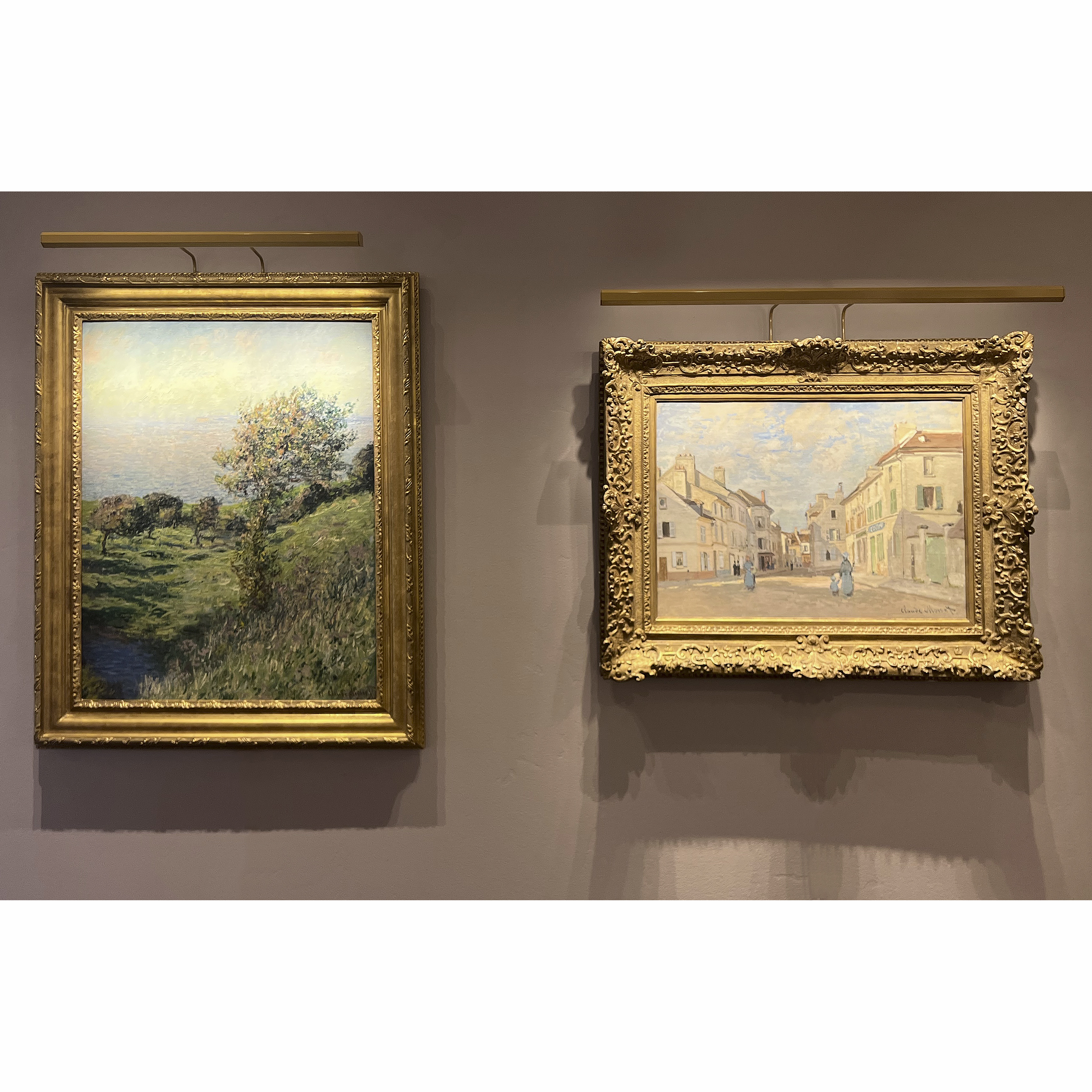
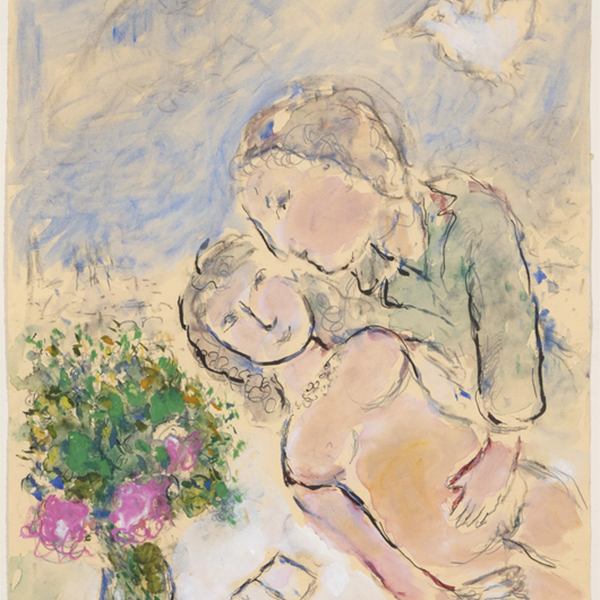
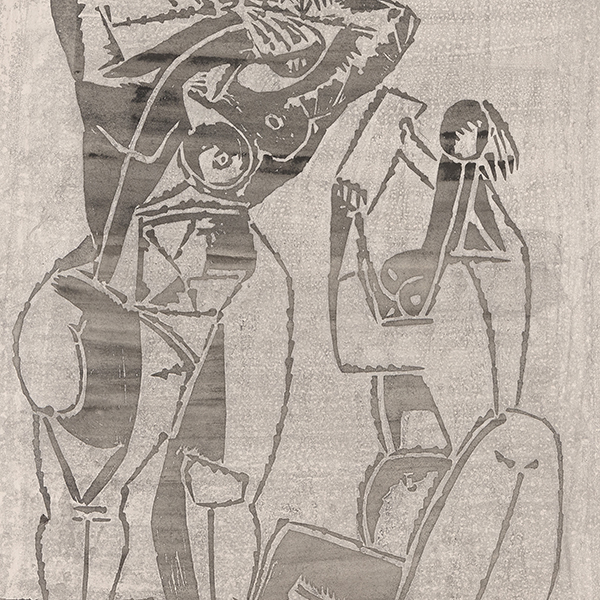
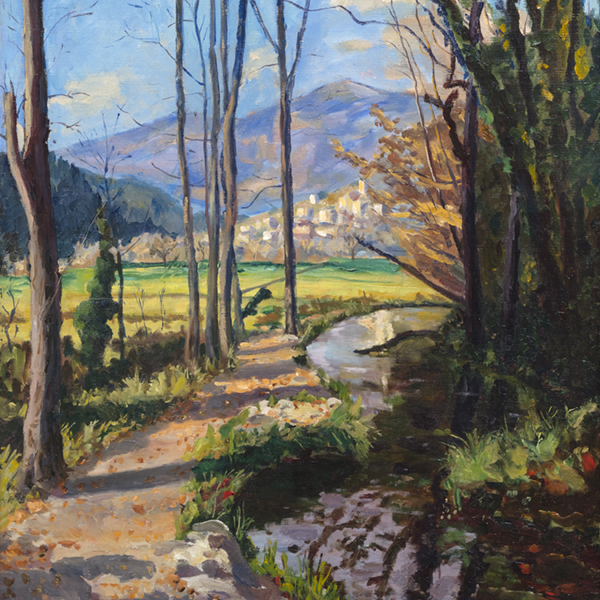
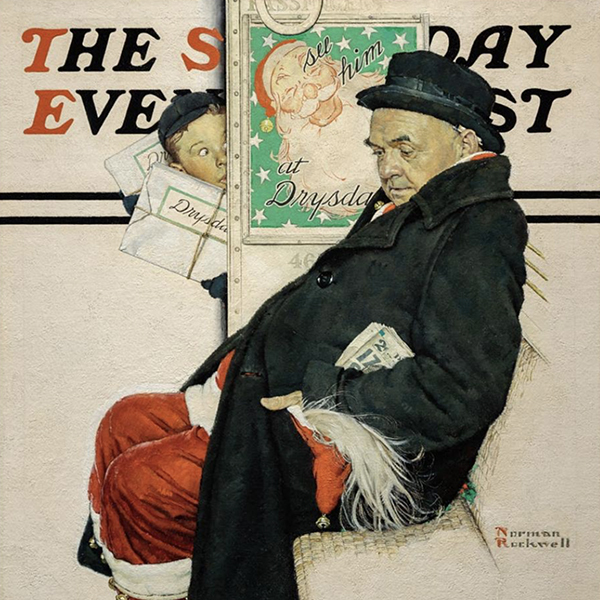
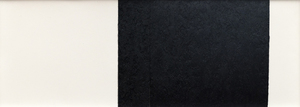
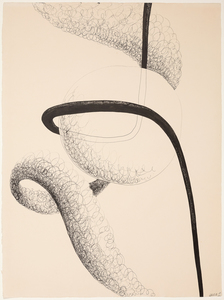
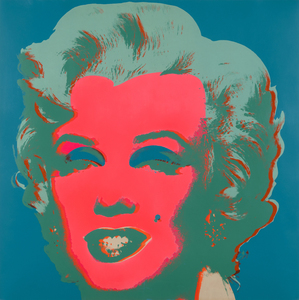
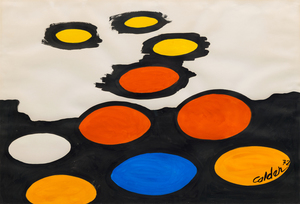
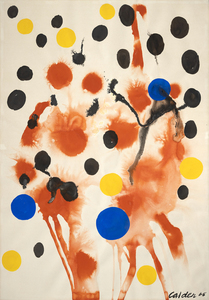
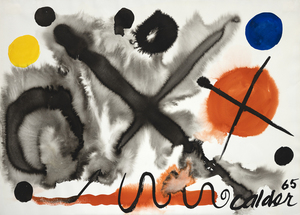
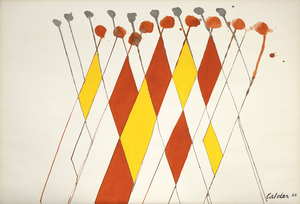
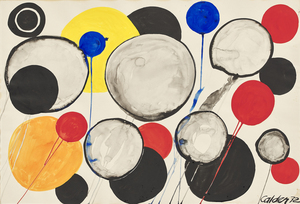
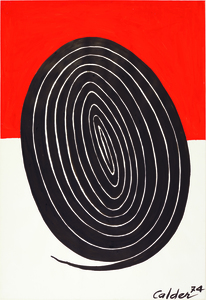

_tn47464.jpg )
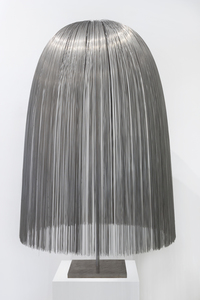
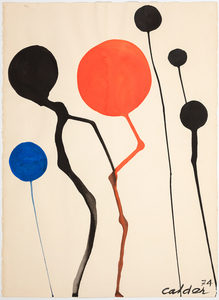
_tn46213.jpg )
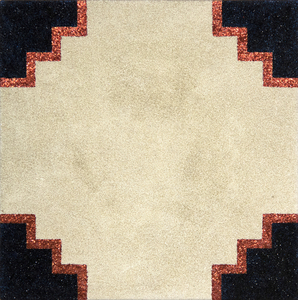

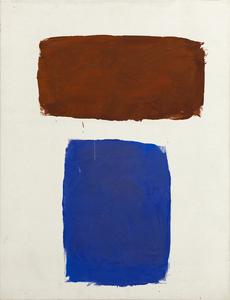
_tn48021.jpg )
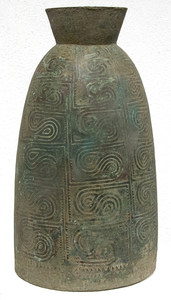
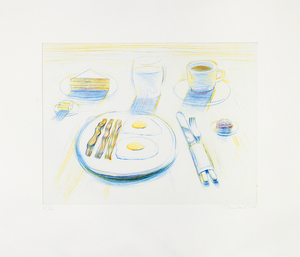
_tn47869.jpg )
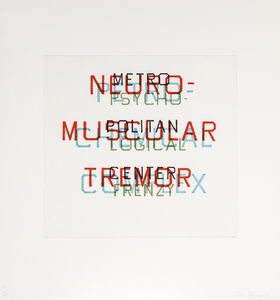
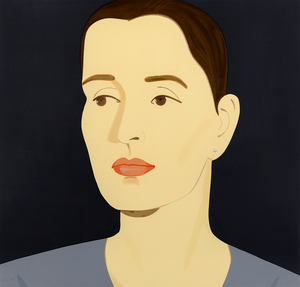
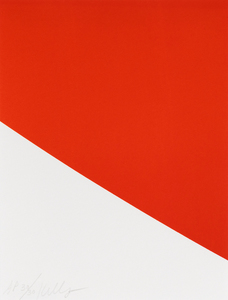
_tn47873.jpg )
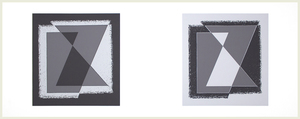
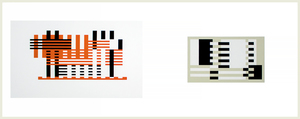





























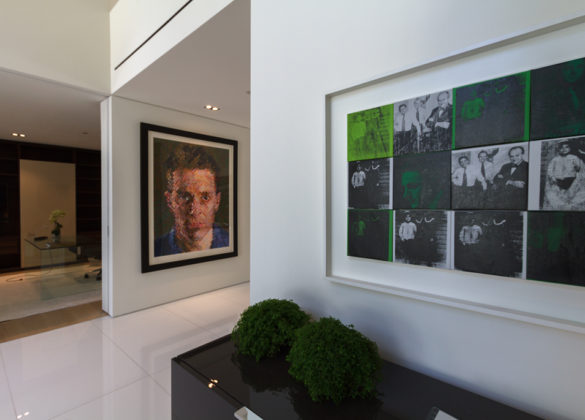

,_new_mexico_tn40147.jpg )
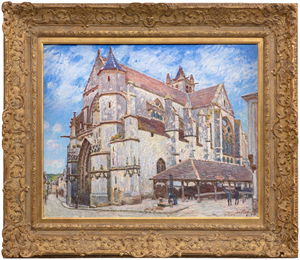
_tn43950.jpg )

